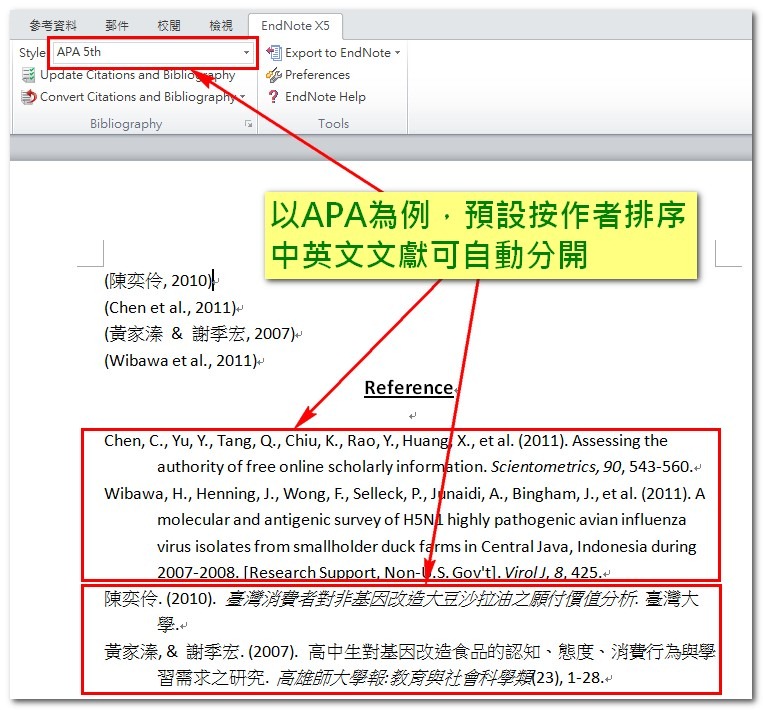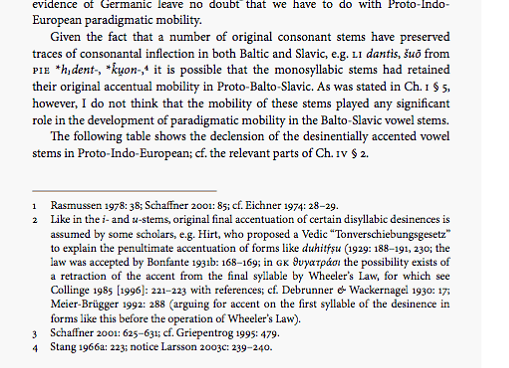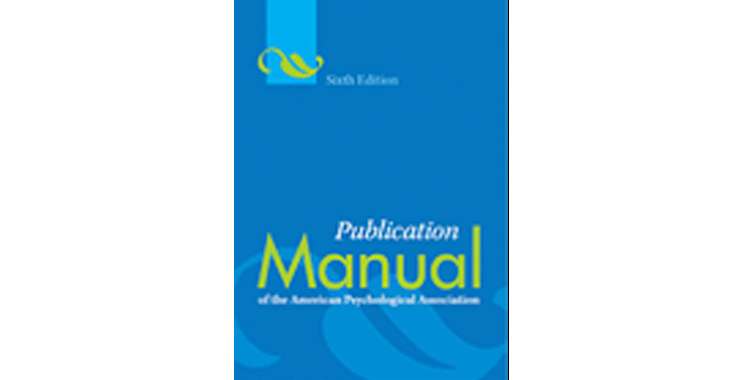

Similar to the Table of Contents builder in Word, you can select a predesigned bibliography format that includes a title, or you can just click Insert Bibliography to add the citation without a title. On the References tab, in the Citations & Bibliography group, click Bibliography. Typically, they are at the end of a document. If you want to create a bibliography from your sources, do the following:Ĭlick where you want to insert a bibliography. For more information see Bibliography & Citations 102 – Building Custom styles. You can create your own updated version of a style or build custom styles. (The College of St.Important: APA and MLA can change their formats, so you’ll want to ensure that these format versions meet your requirements. Group Authors with Identifiable Abbreviations:

This is agreed upon (Smith & Long, 2019).Ĭiting more than one work by same author published in the same year Source has more than one author in reference This has evidence ( Quote from website – use paragraph numberĪccording to, “…” (Smith, 2019, para. Italics for books & journals, “quotation marks” for articles & web pages No author – give title of work abbreviated to first major word

At the end of the quote put the period after the last word of the sentence followed by the parentheses. If your quote is forty words or more, set it off in a block text by beginning a new line, indenting one inch, and do not add quotation marks. The punctuation for the sentence goes AFTER the parenthesis. Make sure the source information in parentheses matches with your works cited. Only use page numbers for a direct quote. Give the author’s last name and the publication year. There are slight differences depending on which style you are using. Put the information about the source in parentheses in the text of your paper as opposed to a footnote where the source information is at the bottom of the page or an endnote where it goes at the end of your paper. In order to avoid plagiarism, it is extremely important that you cite all words and ideas that you got from somewhere else. This is more obvious when you are directly quoting from a source, but it is also needed when you have summarized or paraphrased from a source and even if you got an idea from somewhere else. Parenthetical documentation or in-text citations tells the reader where you got any and all information that did not come from inside your own head.


 0 kommentar(er)
0 kommentar(er)
